Dan Desdunes (1870-1929) was The Man. For more than 20 years, he was the leader of Omaha’s powerhouse music scene. He also launched several musicians’ careers, volunteered around the community, and was well-thought of throughout his life. But even before he got to Omaha, Desdunes made waves ripple in Louisiana. This a biography of North Omaha’s Dan Desdunes.
Early On In NOLA
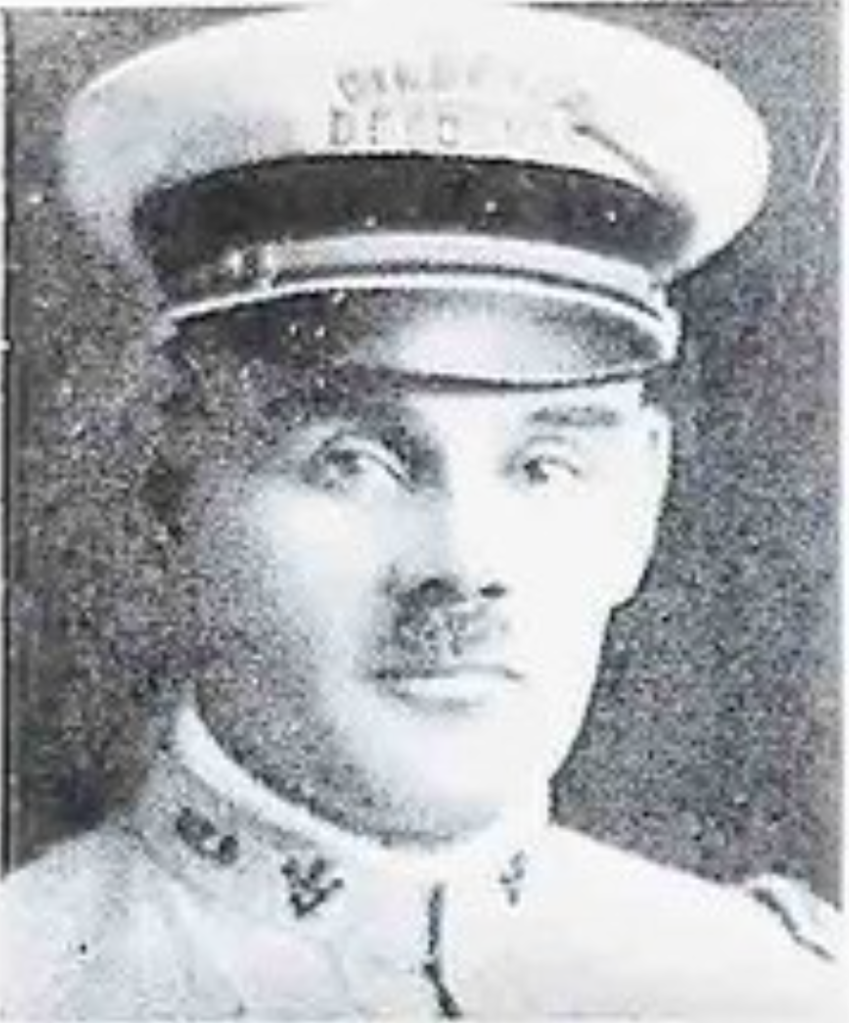
Born in 1870, Daniel F. Desdunes came from a strong Creole family in New Orleans. His father, Randolphe Desdunes, was recognized as a leader among the New Orleans Creole community. He was an author of a Creole history, and was highly respected in the community. The elder Desdunes was the founder of the Comite des Citoyens, or Citizens’ Committee
Young Desdunes went to Straight University and studied music. He learned to play violin, cornet, trombone, and the trap drums when he was young, and co-founded a New Orleans band called the Coustaut-Desdunes Orchestra before he moved to Omaha. Desdunes was also a music teacher in New Orleans.
Desdunes was also an early civil rights fighter. As a member of the Comite des Citoyens, he was involved in the first lawsuit challenging the segregation laws in the United States. Participating in a campaign led by his father and others, in late 1891 he boarded a segregated street car and was arrested immediately. Although his case was ultimately thrown out, young Desdunes’ action laid way for Homer Plessy two years later.
Desdunes was a member of the Société des Jeunes Amis, a black fraternal organization in NOLA, and also became a member of the Onward Brass Band. Bandmaster P.G. Lowery recruited him to be the orchestra leader and a member of the parade band P.T. Wright’s Nashville Students by 1897. During this era, Desdunes led the Peerless Orchestra with Laura Prampin, an African American woman, who was billed as “the one and only” Black female trap drummer in the United States. Desdunes was also reported to have, “purchased a slide trombone and started playing second trombone in Harry Prampin’s concert band.”
Moving to the Big O
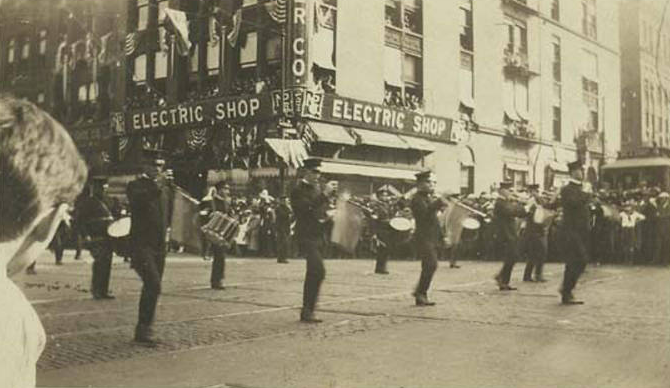
According to an early source, Desdunes was working with a minstrel show when he was stranded in Omaha in 1904. Other sources say he choose the city. First working as a janitor, he became the manager of the billiards room in the Omaha Chamber of Commerce building, and began his conducting career from there. He eventually became the director of the Colored Knights of Pythias.
In 1908, he took over leadership of the Omaha Military Band, and renamed it with his name. The Omaha Chamber of Commerce named the Dan Desdunes Band “Omaha’s Official Band” in 1918. The band traveled a lot, going on official trade trips, to state fairs, county fairs, good will trips, and events across the United States.
According to Jesse Otto,
“The word ‘jazz’ first appeared in The Monitor, Omaha’s black weekly newspaper, on November 3, 1917, less than a year after the first jazz recordings were made. This word was used in an advertisement for a charity ball at which the music was to be provided by the Desdunes Jazz Orchestra. This band was led by Dan Desdunes, who was described as the ‘father of negro musicians of Omaha’ in Harrison J. Pinkett’s 1937 manuscript, An Historical Sketch of the Omaha Negro.
Reports from Desdunes’ era said there was no music groups among Omaha’s African American community before he came to town. During his life, he organized a successful production called “Forty Years of Freedom”; appeared as a violin soloist in a joint concert between the Episcopal churches of the city; produced his “Lady Minstrels,” his “Buster Brown” and his signal triumph, “Manager Buster Brown.” His plays, which he composed and presented, were declared artistic successes by the press and public.
During their career, the Dan Desdunes Band also played Black formal events, Black parades and pageants, and Black athletic competitions throughout North Omaha. Desdunes’ son Clarence, who was born in 1895, graduated from Tech High School in Omaha. After that he moved back to New Orleans to become a violinist and conductor, and was a colleague to Jelly Roll Morton and Danny Barker.
In 1956, Jet magazine featured the Dan Desdunes Band for its longevity in Omaha. Celebrating its 50th anniversary, the magazine said “…the martial music players, outfitted in gaily colored new uniforms, began their golden jubilee with a six-day goodwill tour of three states and 61 towns in the Midwest.” Jet said the group was formed in 1904 as the Omaha Military Band by Ernest Taylor, then taken over by Desdunes in 1906. In 1918, they became the official band of the Omaha Chamber of Commerce. George Bryant was the band leader after Desdunes died in 1929.

Boys Town Band

Desdunes launched a lot of projects and careers. One of his biggest legacies was the Boys Town Band.
In 1917, after visiting the Boys’ Home in Omaha, its founder Father Flanagan asked him to start a band. From that year until he died, Desdunes was the conductor of the Boys Town Marching Band, leading them on several national tours with performances in many major cities, including New York City. They also got to perform for Phillip Sousa when he visited Omaha, and were led by Paul Whiteman, a world-famous conductor in the 1920s.
Another of the careers Desdunes was responsible for was a drummer named Simon Harrold. He joined Desdunes in the early 1920s, and formed a massively popular band after Desdunes passed away.
After his death, the band continued for a number of years with different conductors, still using Desdunes’ name. In 1954, they celebrated their 50th anniversary.

Personal Life
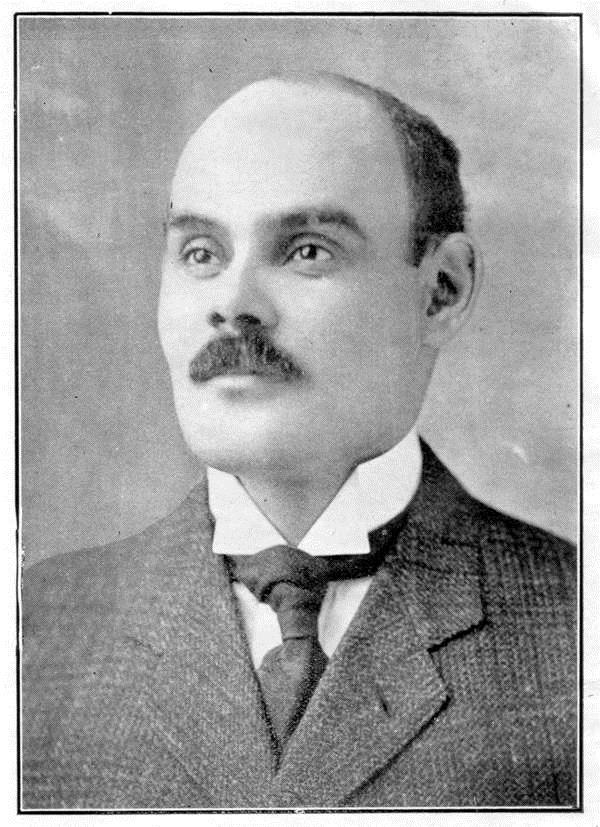
Desdunes’ father died in 1928 while staying at his son’s home in Omaha.
The Desdunes family lived exclusively in North Omaha. Their first home was at 2120 North 24th Street, in the apartments on the second floor next door to the Fair Deal Cafe; their other home was at 2516 Burdette Street.
Desdunes was active in Omaha’s fledgling Civil Rights movement, too. For instance, in 1919, he joined Rev. John Albert Williams of St Philip’s Episcopal Church and newspaper publisher Thomas P. Mahammitt in forming Omaha’s Colored Commercial Club, a kind of Black enterprise organization promoting Black businesses and supporting jobs for African American workers.
Dan Desdunes died in Omaha on April 24, 1929. He is buried with his wife in Forest Lawn Cemetery.
In 2003, the City of Omaha opened Dreamland Plaza at 2322 North 24th Street as a tribute to North Omaha’s jazz history. The “Jazz Trio” by Littleton Alston is located at the Dreamland Plaza at North 24th and Lizzie Robinson Avenue. This plaza is across from the Dreamland Ballroom, and was made in tribute to the community, including the legacy of Dan Desdunes.
Compositions
Some of Desdunes compositions include:
- “Dandy Dancers Rag”
- “Honey Bug Rag”
- “Dixie Notions Rag”
- “That Teasing Omaha Rag”
- “Mexican Thot [sic] Serenade”
Another was called the “Happy Feeling Rag,” and above is a performance of this piece.
You Might Like…
- History of North 24th Street
- History of People from North Omaha
- History of 24th and Lake Historic District
MY ARTICLES ABOUT THE HISTORY OF MUSIC IN NORTH OMAHA
PEOPLE: George T. McPherson | Dan Desdunes | Flora Pinkston | Jimmy Jewell, Sr. and Jimmy Jewell, Jr. | Jim Bell | Paul Allen, Sr. | Josiah “P.J.” Waddle | Frank “Red” Perkins | George Bryant
PLACES: 24th and Lake Historic District | Dreamland Ballroom | Carnation Ballroom | Stage II Lounge | Club Harlem | The Off Beat Club | King Solomon’s Mines | Allen’s Showcase | Druid Hall
EVENTS: Stone Soul Picnic | Emancipation Day & Juneteenth | Native Omahans Festival
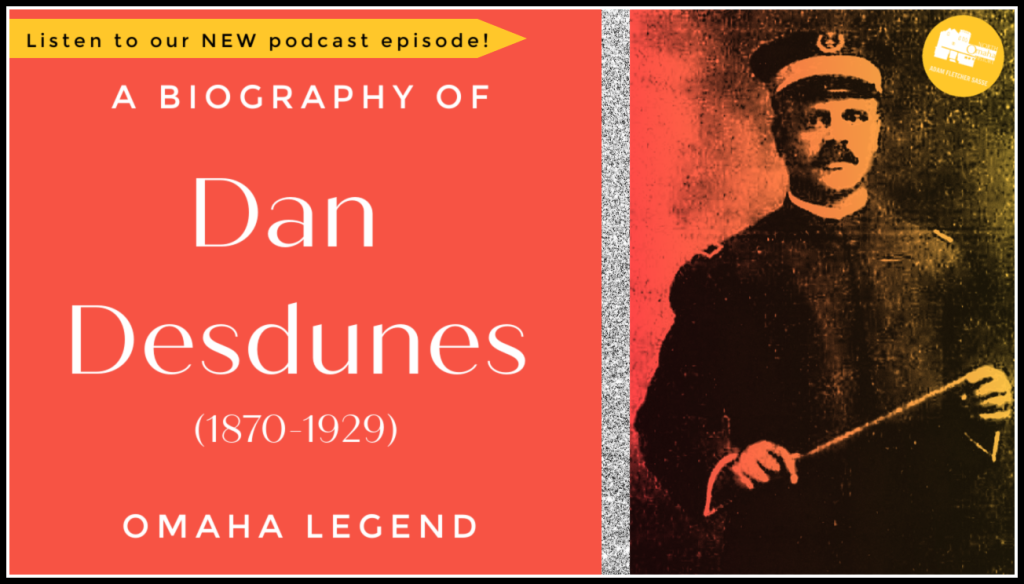
Elsewhere Online
- “The Desdunes Family” by Dan Vernhettes and Peter Hanley in The Jazz Archivist, A newsletter of the William Ransom Hogan Jazz Archive Volume XXVII, 2014. pp 25-45.
- Dan Desdunes: New Orleans Civil Rights Activist and “The Father of Negro Musicians of Omaha” by Jesse J. Otto in Nebraska History, 92 (Fall 2011), 106–117.
- Dan Desdunes and the Birth of Omaha Jazz by David Bristow for the Nebraska State Historical Society
- Yielding Dividends of Smiles: Dan Desdunes and the Boys Town Band by Jari Honora for the Creole Genealogical and Historical Association, Inc.
- 1954 Hue Magazine feature on the Desdunes Band.
- See a torn-through drum belonging to the Desdunes Band from the Great Plains Black History Museum from the “Manifest” project by Wendell A. White.
- Negroes of Nebraska: Culture for the Works Progress Administration.
- Our Times: Homer Plessy wasn’t the first to challenge segregation by James Karst for The Times-Picayune
- The 1912 “Happy Feeling Rag” sheet music by Dan Desdunes.
- “An Ode to Dan Desdunes“, Omaha World Herald, August 23, 1918
- “History of Music at Boys Town: Significance of the Boys Town Collection of Sacred Music” (Spring 1990)
- Who was Daniel Desdunes? Blake Pontchartrain: The New Orleans N.O. It All. Best of New Orleans.
Bonus Pics!


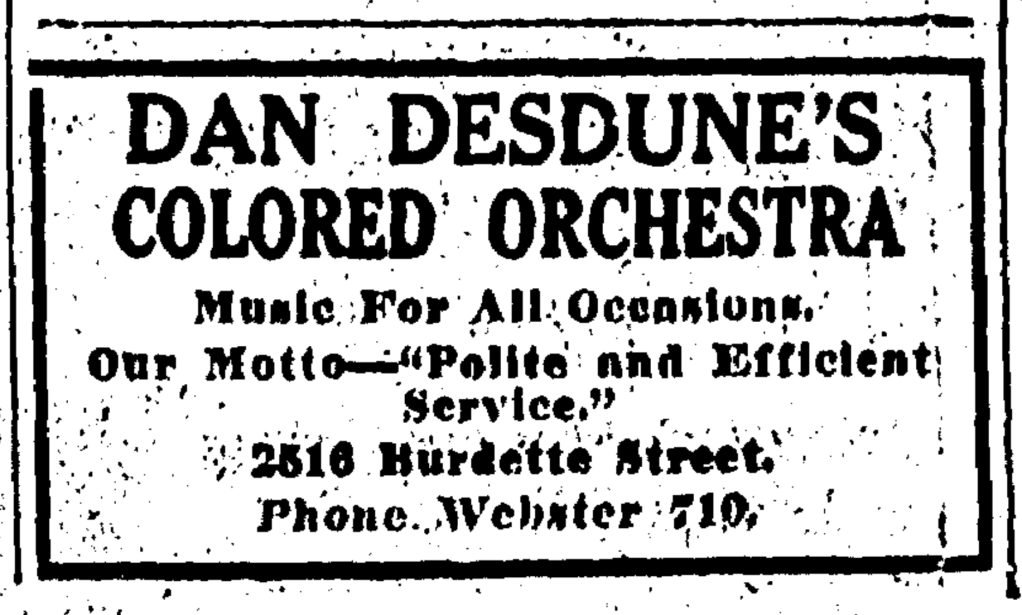
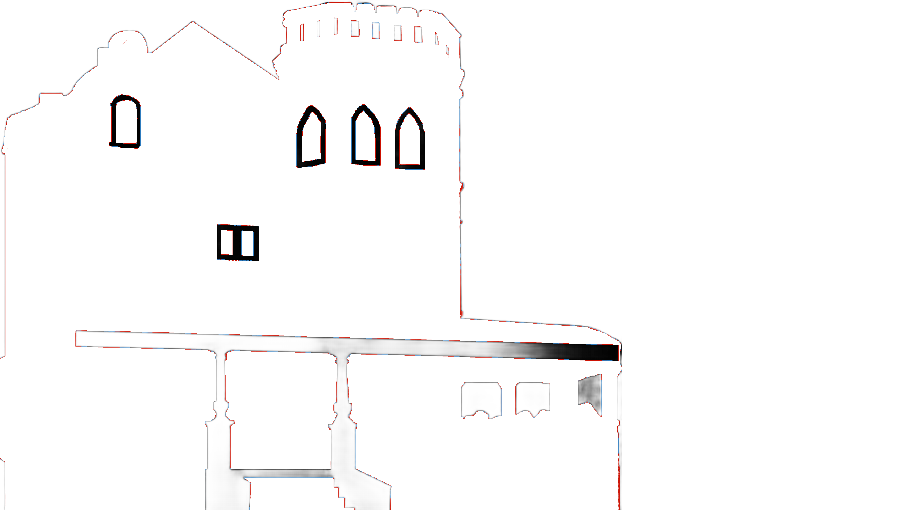

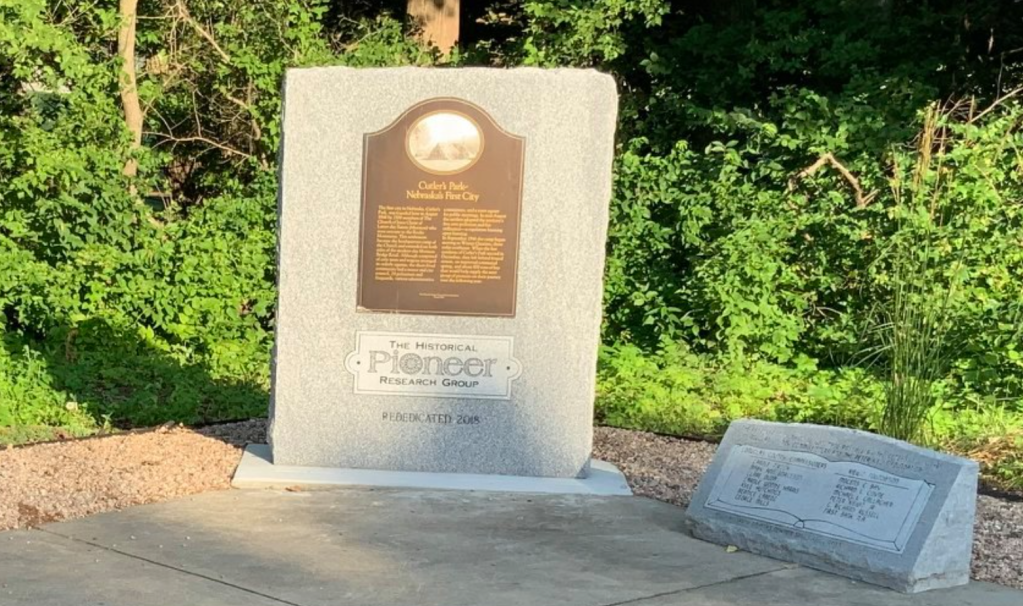
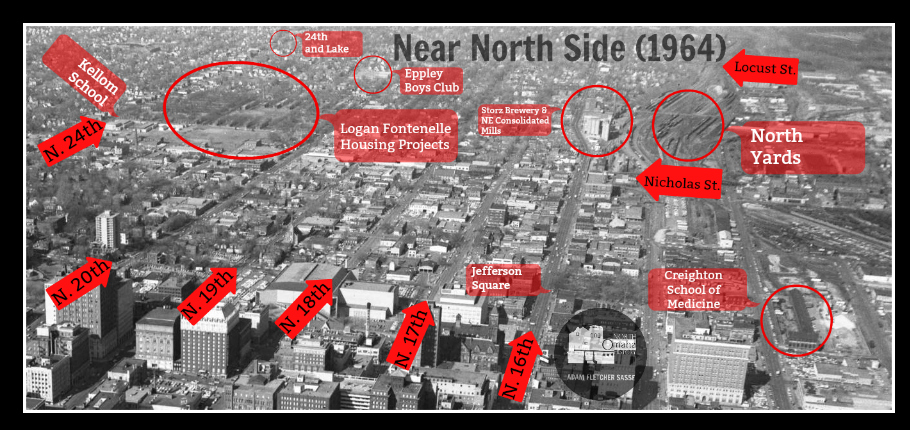

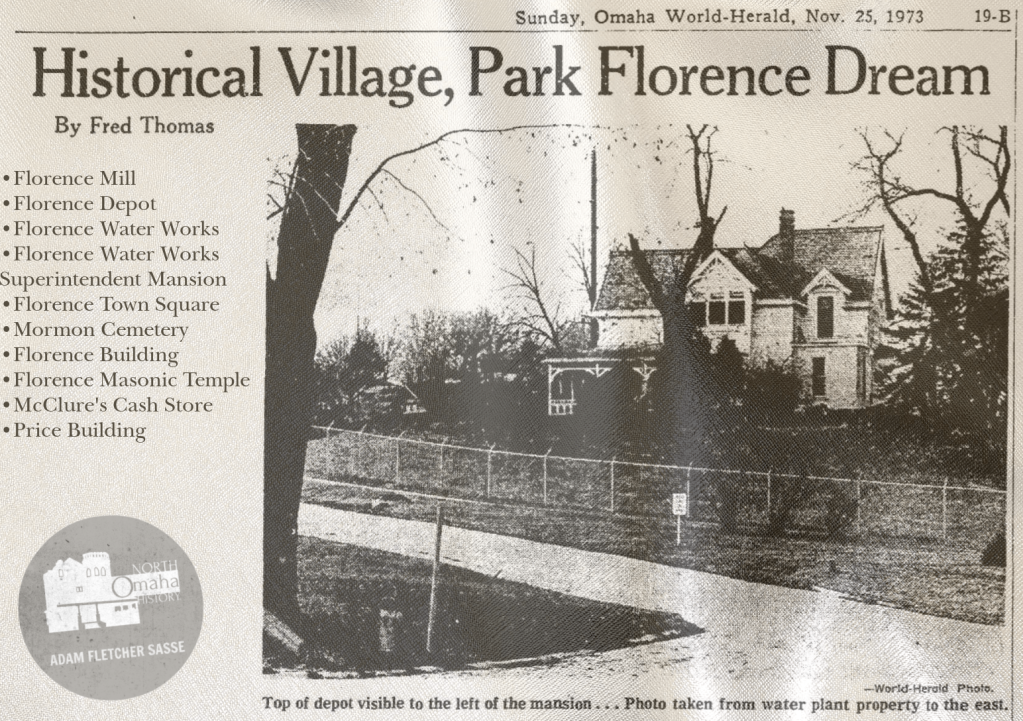
Leave a comment